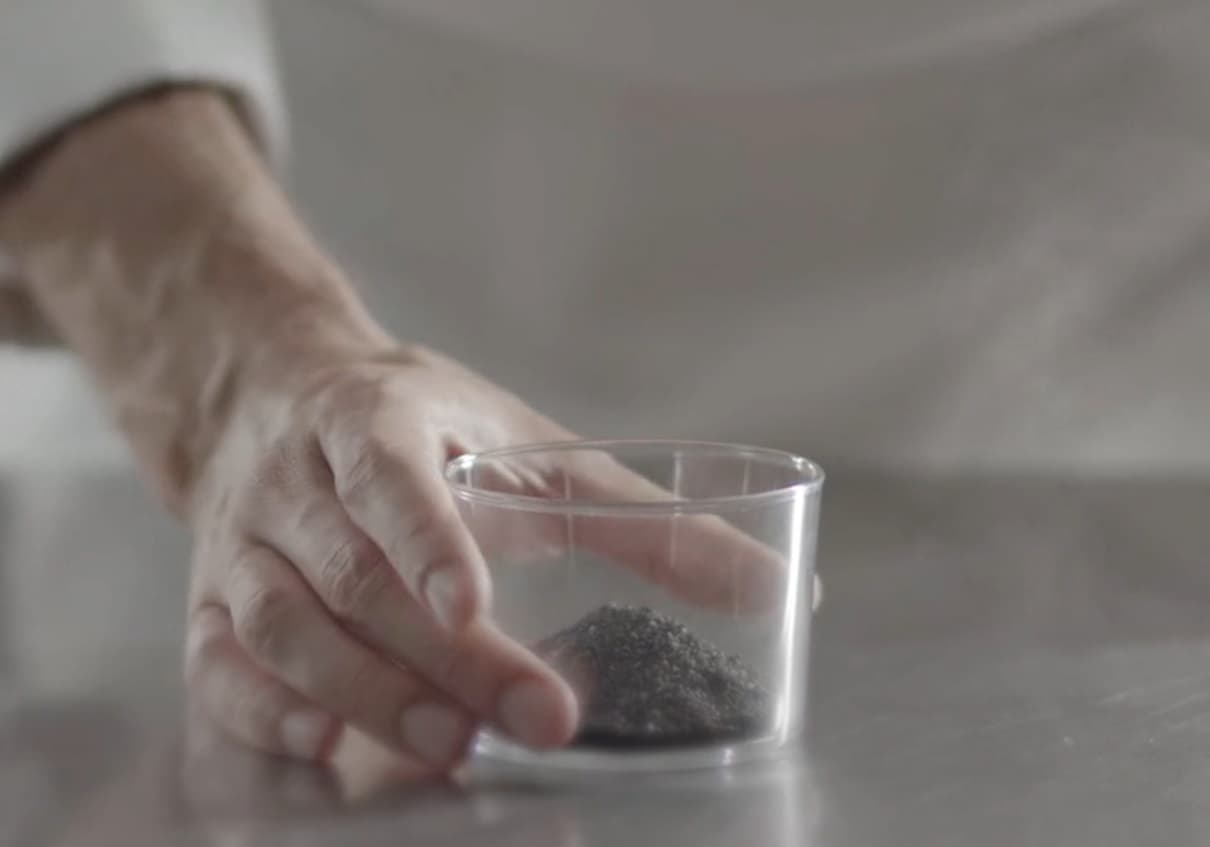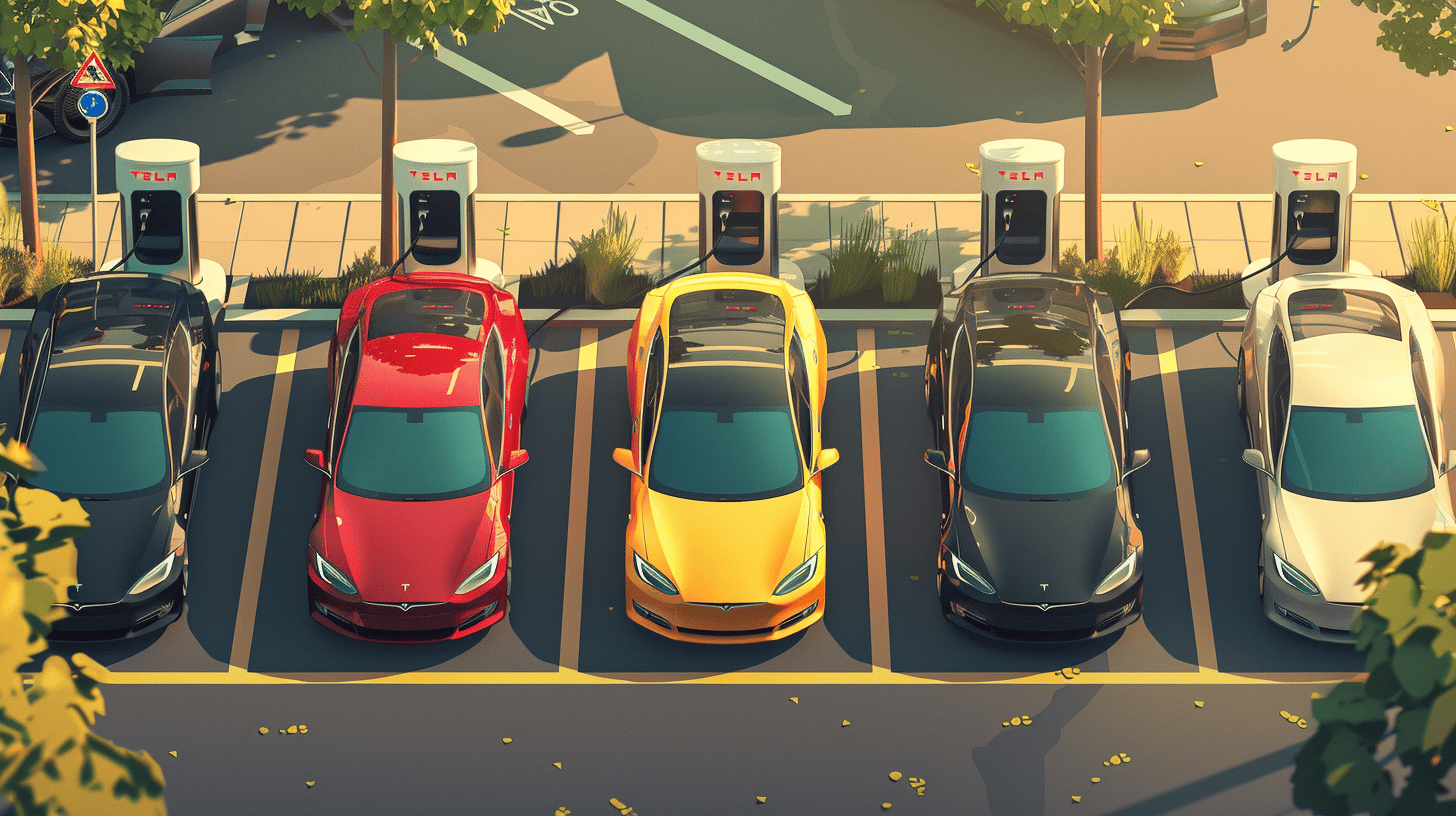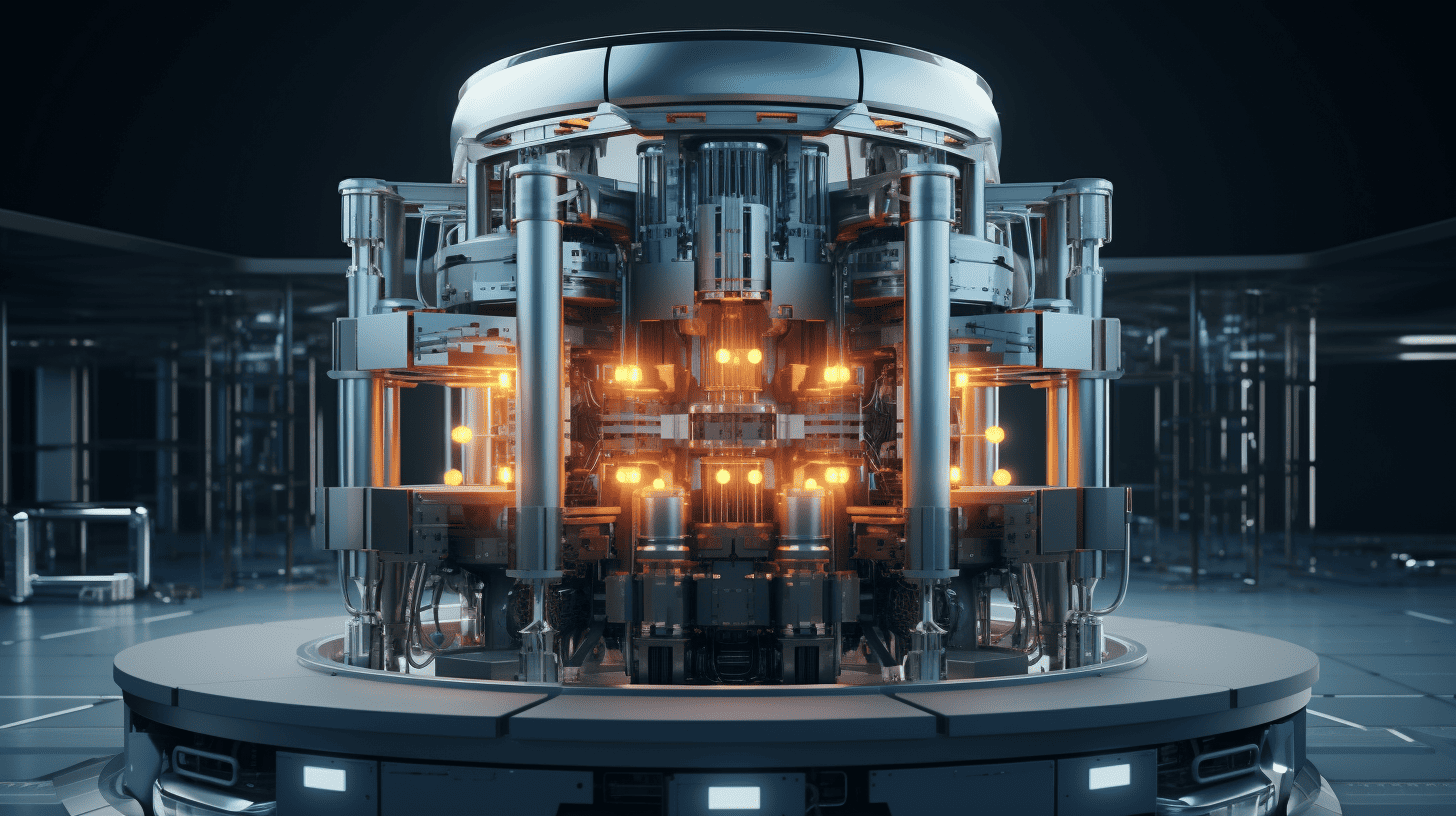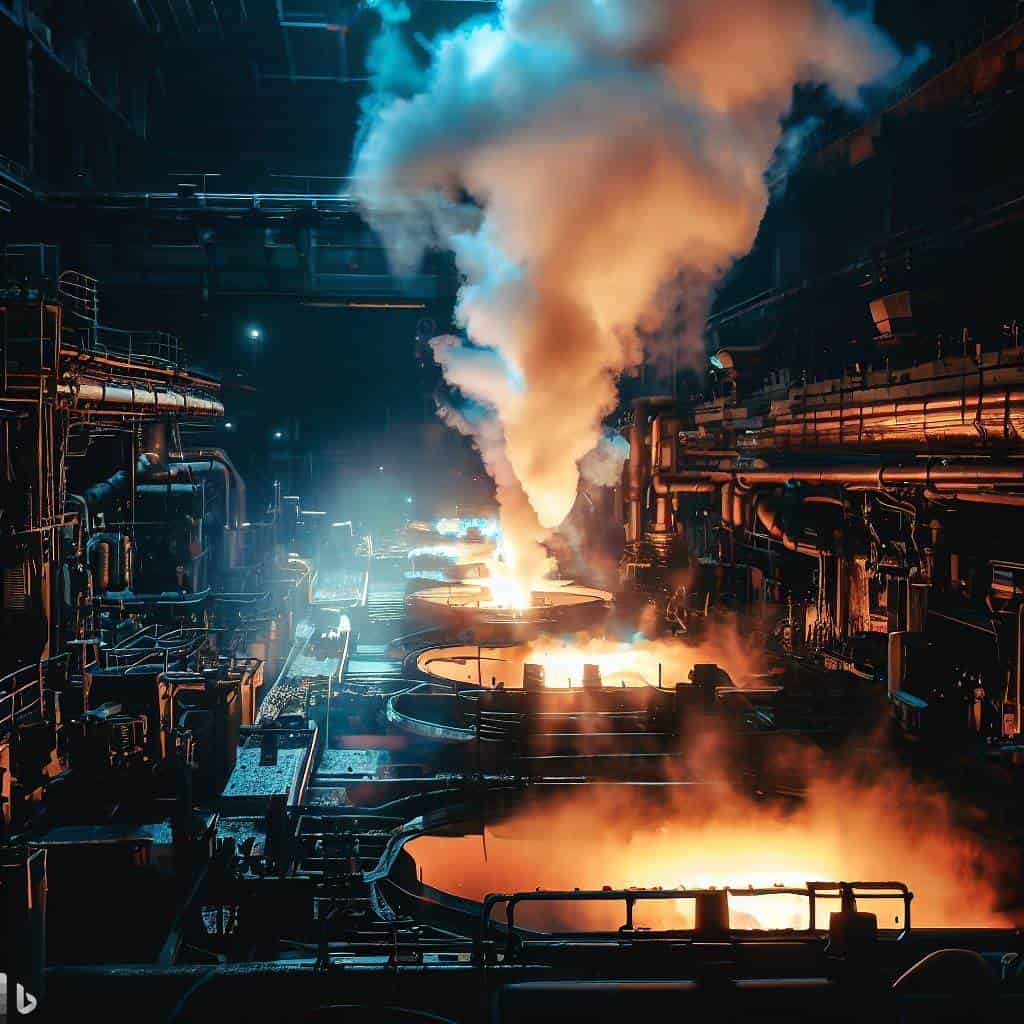
Europe’s steel industry is spearheading the transition to low carbon emission steel production. With the introduction of innovative production processes and a range of new environmentally friendly products, the industry is taking significant strides towards sustainability. However, amidst these advancements, the green steel market faces a challenge in terms of standardization. Addressing this issue is among the top priorities on the European Commission’s energy transition agenda. The upcoming implementation of the Carbon Border Adjustment Mechanism (CBAM) is also anticipated to have a notable impact on steel imports, influencing their sources and prices.
- Europe’s steel industry is transitioning to low carbon production through new processes and environmentally friendly products.
- The upcoming Carbon Border Adjustment Mechanism (CBAM) is expected to generate over $80 billion in annual revenue by 2040.
- The EU’s Innovation Fund and state aid rules can support pilot decarbonization projects for clean steel.
The Carbon Border Adjustment Mechanism (CBAM)
The development of the CBAM is intended to counterbalance carbon leakage, a situation that places countries with stringent carbon emission regulations at a competitive disadvantage due to imports from nations with less rigorous regulations. By imposing a carbon price on certain imported goods based on their carbon footprint, the CBAM seeks to equalise the competition. This mechanism will not only affect the steel industry but will also have implications for other sectors such as cement, aluminium, and fertilisers.
The CBAM has raised some concerns within the steel industry. Notably, fears about a potential increase in steel prices and the necessity for carbon accounting have been voiced. The absence of clear guidelines in the green steel market poses a significant challenge for companies attempting to comply with the CBAM. The lack of standardisation can make it difficult for steel producers to accurately measure and report their emissions, potentially resulting in increased costs or penalties.
Global impact and revenue generation
According to S&P Global Trade Atlas data and carbon price outlooks, the implementation of CBAM could generate over $80 billion per year by 2040. This significant revenue generation is expected to persuade other jurisdictions to consider adopting domestic carbon pricing policies to mitigate their long-term exposure. Countries such as Canada, South Africa, Brazil, and Turkey are projected to be the leading contributors to CBAM-covered EU trade, accounting for over 40% of total exports to the EU between 2026 and 2040.
Given that the EU accounted for approximately 16% of total global imports in 2021, the impact of the CBAM is expected to be felt worldwide. The coverage of emissions by the EU CBAM certificate price could reach approximately 2.5% of global emissions from products destined for the EU market by 2040. This indicates the potential of the CBAM in driving global carbon pricing and stimulating decarbonisation.
Decarbonising the Steel Industry
The steel industry is responsible for roughly 5% of CO2 emissions within the EU and 7% globally. For the industry to align with the EU’s climate targets, the development and commercialisation of new low-CO2 technologies within the next decade are necessary. Presently, the EU steel industry is focusing on hydrogen-based steelmaking as a decarbonisation strategy, with several projects across Europe aiming to replace existing steel production processes with hydrogen-based direct reduction of iron.
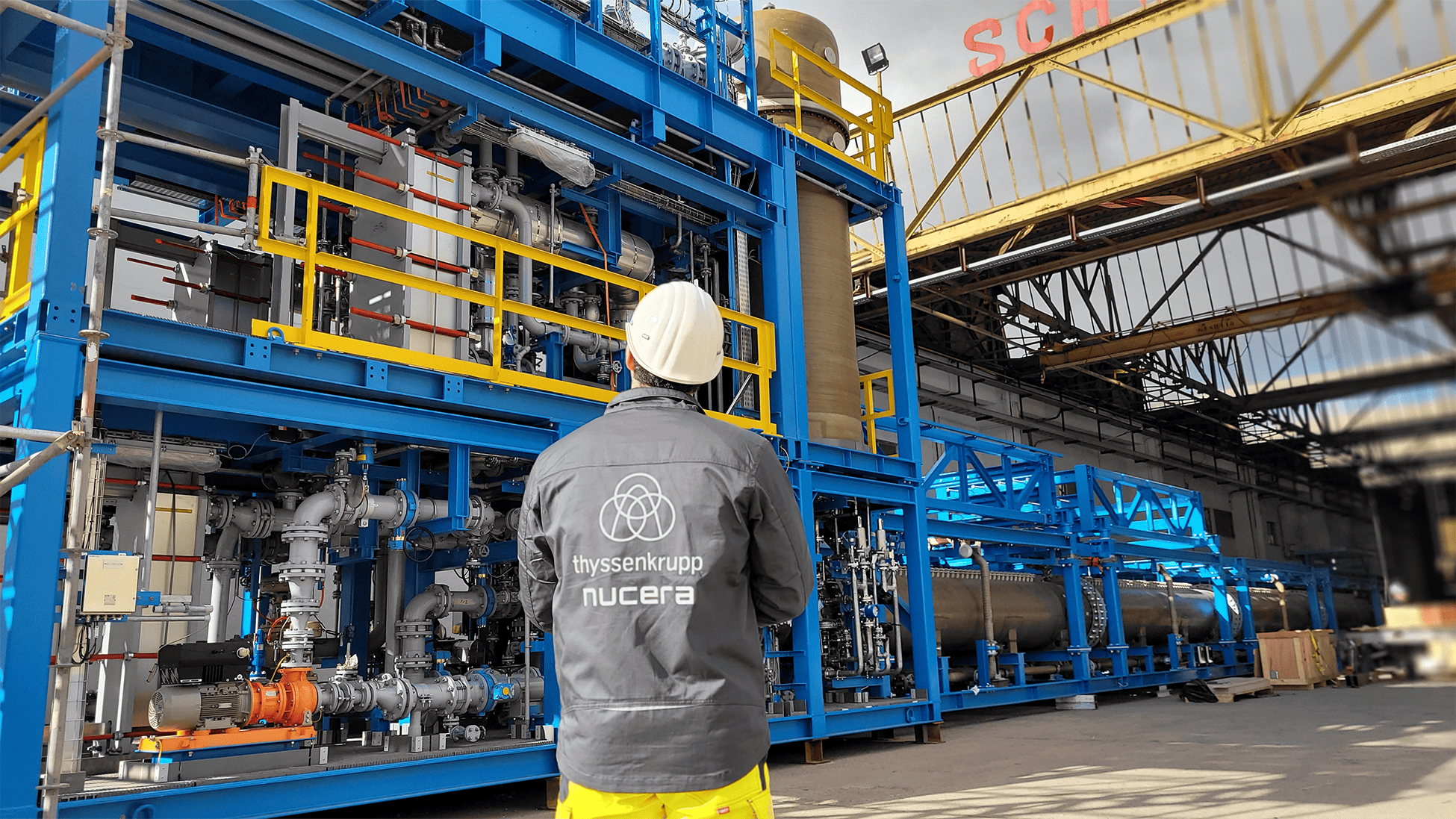
However, the production of low-CO2 steel is expected to be more expensive in the short-to-medium term, as costs are dependent on future prices of renewable hydrogen and electricity. Nevertheless, with a significant decrease in the costs of renewable hydrogen and an increase in the price of CO2 emissions, hydrogen-based steelmaking could become competitive with current steelmaking costs by 2050.
Investing in the future
Research and development (R&D) investment is critical to support the development and deployment of low-CO2 steelmaking technologies. The recently launched Clean Steel Partnership aims to bring breakthrough technologies for clean steel production to large-scale demonstration by 2030, with estimated R&D investment needs up to 2030 amounting to €2.6 billion.
Moreover, the EU’s Innovation Fund, financed by auction revenues from the EU Emissions Trading System, and the carbon contracts for difference under the Innovation Fund will play crucial roles in supporting the demonstration of low-CO2 plants. State aid rules can further boost pilot decarbonisation projects, and given the growing evidence of market willingness to pay a green steel premium, the EU has the opportunity to be a leader in low-CO2 steel production.



